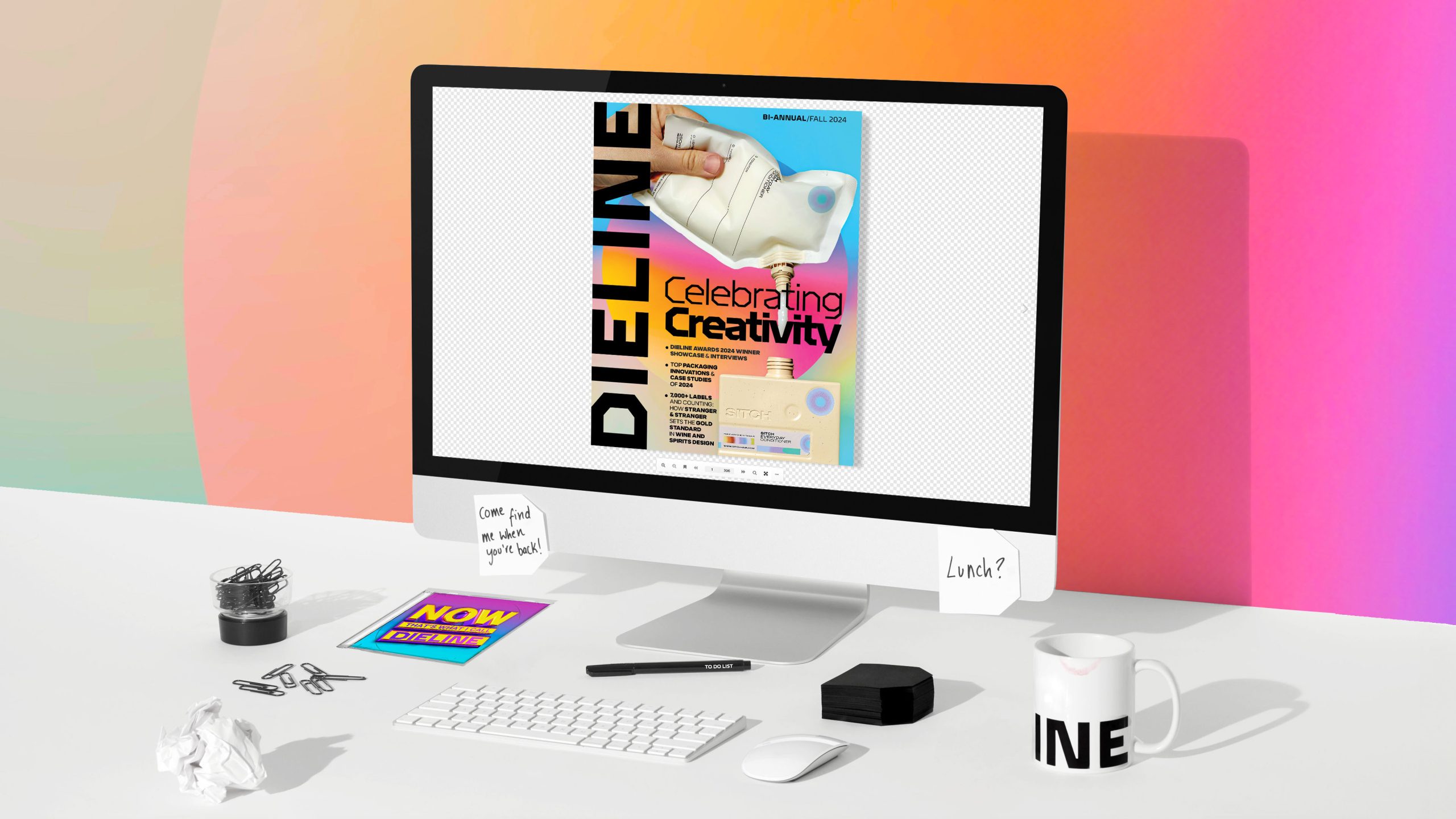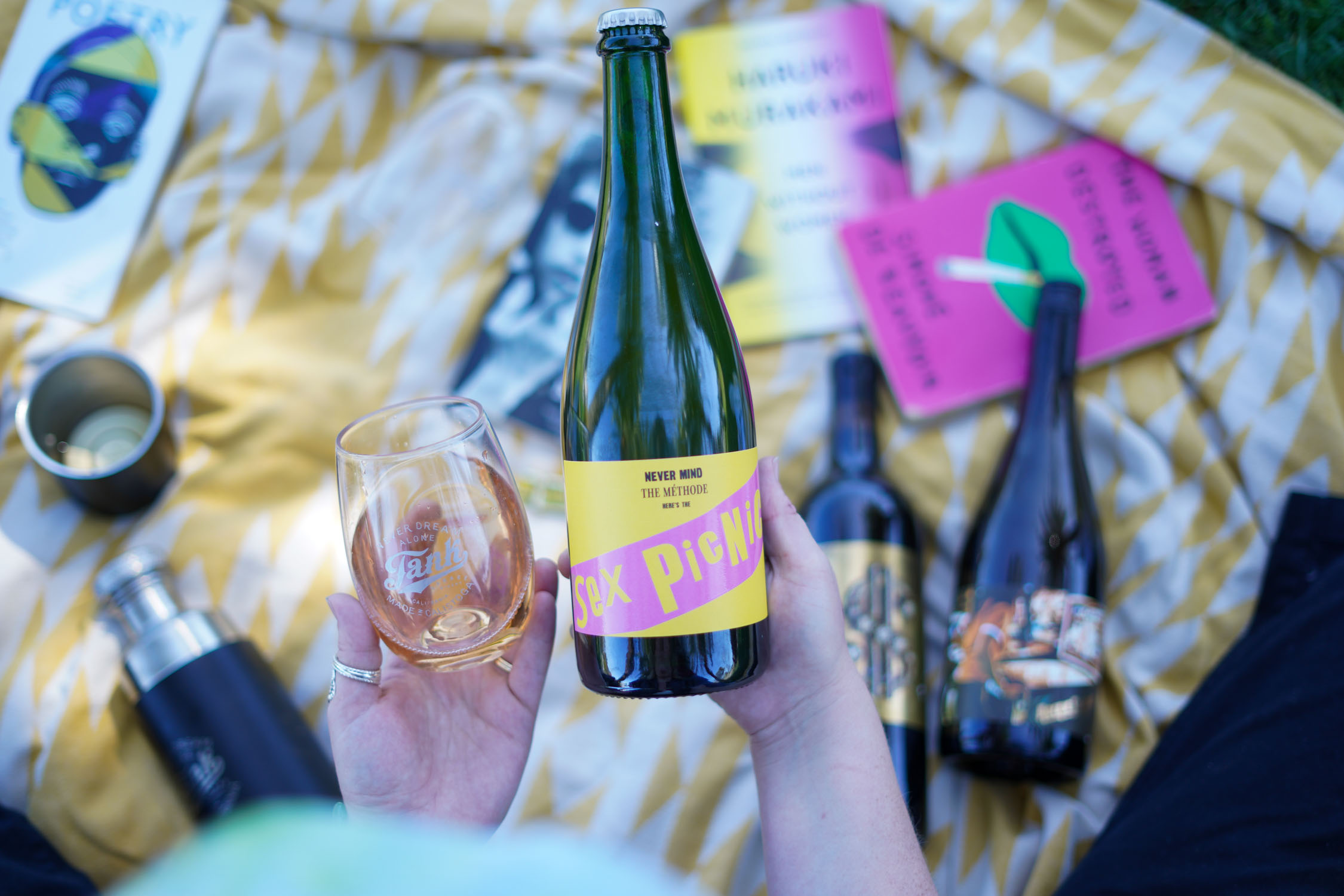When design goes beyond the goal of profit and aims to give back to the community, it transforms into influential art and can become a powerful act of altruism.
And that’s work we like to recognize.
Dieline’s Design For Good Award category celebrates the incredible impact of design dedicated to vital causes. Since 2020, this award has recognized creatives whose work promotes positivity, kindness, and social responsibility. The category is open to any CPG products designed to enhance the quality of life, and it emphasizes projects that foster accessibility, whether through non-profit initiatives or charitable causes. The entry for this category is free, ensuring inclusivity for all impactful projects that give back and showcase stunning design.
Our 2024 winner, Chris Wilson of the Glasgow-based agency STCKMN, won for his design for The Scottish Malt Whisky Society’s “The Only Drop, ” a uniquely crafted whisky celebrating the organization’s 40th anniversary. The design features a stunning paper sculpture on the bottle incorporating wood shavings from whisky casks. Meanwhile, a ripple design in the paper represents the spirit, with a cut-out single drop highlighting the incredibly limited release. “The Only Drop” was auctioned at Sotheby’s to raise money for The Youth Action Fund, a group that collaborates with various charities to improve the life chances of disadvantaged young people in Scotland.
We sat down with Wilson to learn more about the story behind the award-winning design and its impactful craftsmanship.
What was the initial brief from the client?
The main goal of the brief was to design a one-of-a-kind packaging for the Scotch Malt Whisky Society’s inaugural contribution to the Distillers One of One charity auction. I was given a blank canvas to explore the design concepts, with the restriction that it had to be bottled in the existing Society’s clear glassware. The final piece had to go against tradition to grab the attention of the attendees at the auction and stand out alongside the other distillery lots on display.
How did you ensure this design was both aesthetically pleasing and environmentally sustainable?
It was important for the design to highlight craftsmanship to reflect the time-honored skills involved in the whisky-making process. Typical whisky box cartons are made from card, and I wanted to take that tradition and turn it on its head. With sustainability in mind, I selected the process of paper pulping, which isn’t generally associated with premium packaging. I wanted to elevate it to a place of luxury by creating a sculptural art piece.
Were there any particular challenges or breakthroughs that occurred during this design process?
In the initial explorations, the design had a clamshell-style rear that overlapped to fasten it shut, holding it onto the bottle. However, with the tapered bottle edges, the sleeve would slip downwards and not stay in place. After some development with Matter (an industrial design studio partner), we landed on a form that utilizes the paper’s natural spring-like tension to clasp the sides around the bottle collar and hold it in place, removing the need for additional fastenings. With the overlap removed, I positioned a die-cut circle in the rear to reveal the company monogram on the bottle underneath, which also served as a light tunnel, filtering light through to the droplet die-cut on the front, illuminating the whisky within.
The ripple formation and lone drop in the sculpture represent the liquid and its rarity. Can you explain more about the inspiration behind this visual narrative and how you translated these concepts into the physical design?
The sculpture celebrates the relationship between the liquid and the cask, the 33-year partnership that gave birth to the unique whisky. To honor the cask’s contribution to the flavor of the whisky, wood shavings from the original cask were embedded into the paper pulp sculpture. The idea is that when the sculpture is placed onto the bottle, it reunites the liquid with the cask as they once were during maturation. The shavings create a natural veining across the paper’s surface, contrasting against the white paper pulp and resembling a marble-esque, stone-like material. The bottling and distilling dates are debossed into each side of the contoured body, resembling the numbering found on traditional carved datestones. Sustainable design was a key aspect of this project.
Can you discuss the sustainable methods and materials you used in more detail and how you balanced sustainability with the need for a high-end, luxurious aesthetic?
In terms of the materials used, the paper pulp was sourced from a supplier who uses 100% green energy in the production of their papers and is a leader in sustainable packaging solutions. The processes involved in the production of the paper sleeve were a combination of contemporary prototyping techniques and traditional hand-making to minimize waste and energy used in the creation of the one-off piece.
The auction of “The Only Drop” raised £15,000 for the Youth Action Fund. How did you feel about your design’s impact on this cause, and what feedback did you receive from the Scotch Malt Whisky Society and other stakeholders regarding the design’s success and reception?
I was incredibly honored to be a part of the initiative and to apply my design skillset in a way that could make a positive change in young people’s lives. Growing up in a working-class town and seeing first-hand how a lack of support can harm families and their communities, it was encouraging to know the money raised would help fund opportunities for those who need it most. The final bid was three times the lower estimate amount, so the SMWS team was delighted with the final figure raised and extremely proud of the final piece and how it was received at the auction and by those within the whisky industry.
If you have a packaging design that gives back in any way, enter it via the button below.














